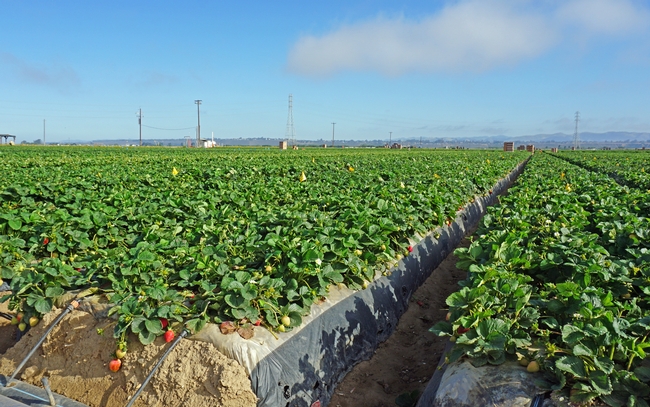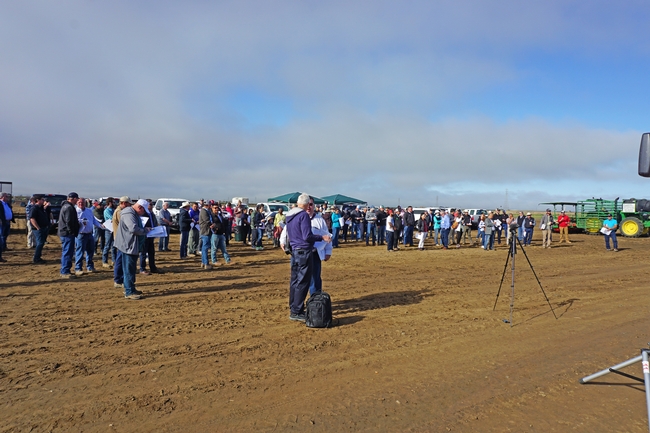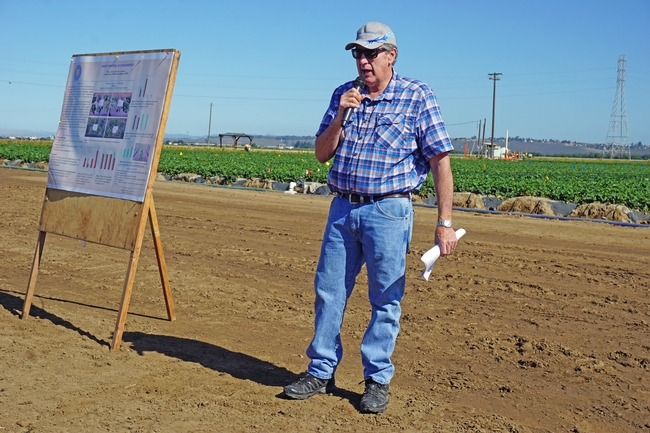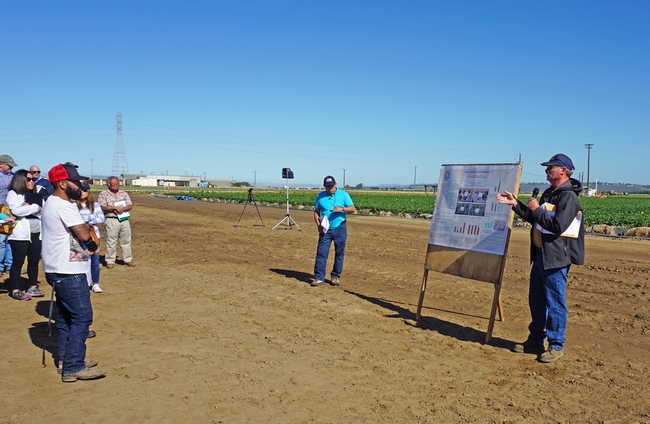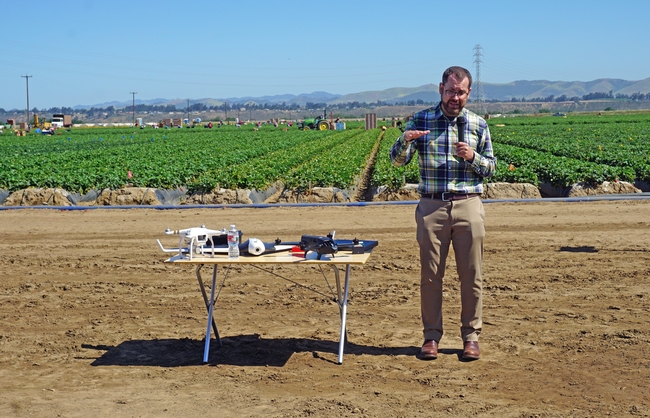The strawberry industry ended a long good-bye to methyl bromide in 2016. The fumigant had been used for decades to kill a wide range of soil-borne pathogens, weed seeds and insects, permitting the California strawberry industry to flourish. Scientists determined it was an ozone-depleting chemical in 1991, but its phase-out was delayed for years because of lack of equally effective alternatives.
Strawberry farmers now use a combination of approaches, including fumigation with other chemicals, soil oxygen deprivation, biofumigants, and beneficial microbes that improve soil biology. A greater arsenal is needed.
“Growers have three or four chemical alternatives, some are used alone and others in various combinations,” said UC Cooperative Extension advisor Surendra Dara. “Now, certain minerals, beneficial microbes and biostimulants are becoming available to enhance plant's natural defenses and improve strawberry growth, yield and health in an era without methyl bromide.”
Dara conducts research and advises strawberry and vegetable growers in the Central Coast counties of San Luis Obispo and Santa Barbara. Each year he holds a field day that attracts nearly 200 farmers, pest control advisers and representatives of allied industries to Manzanita Berry Farms outside Santa Maria. The agenda for the May 9 event included preliminary results of trials studying a number of commercially available and soon-to-be available biological and synthetic amendments to improve strawberry plant health, berry quality and yield.
Dara was ill, so Manzanita Farm owner Dave Peck reviewed the handout prepared by Dara for the field day. Manzanita Farms is one of two sites where Dara is testing products in replicated plots. Other studies are conducted in strawberries grown at the Shafter Research Station, a privately managed agricultural research facility in Kern County.
Several products resulted in increased marketable yield of strawberries during the February 2018 to April 2018 study period. See the preliminary results here. Data collection will continue through the end of the strawberry season.
“A challenge was that many people did not have complete faith in biologicals a few years ago,” Dara said. “By conducting multiple studies year after year, we are able to generate critical data that is useful for the farmers as well as companies that produce biologicals. By using different application strategies and rates, and a combination of techniques - as appropriate for their situations - farmers can engage in sustainable strawberry production.”
